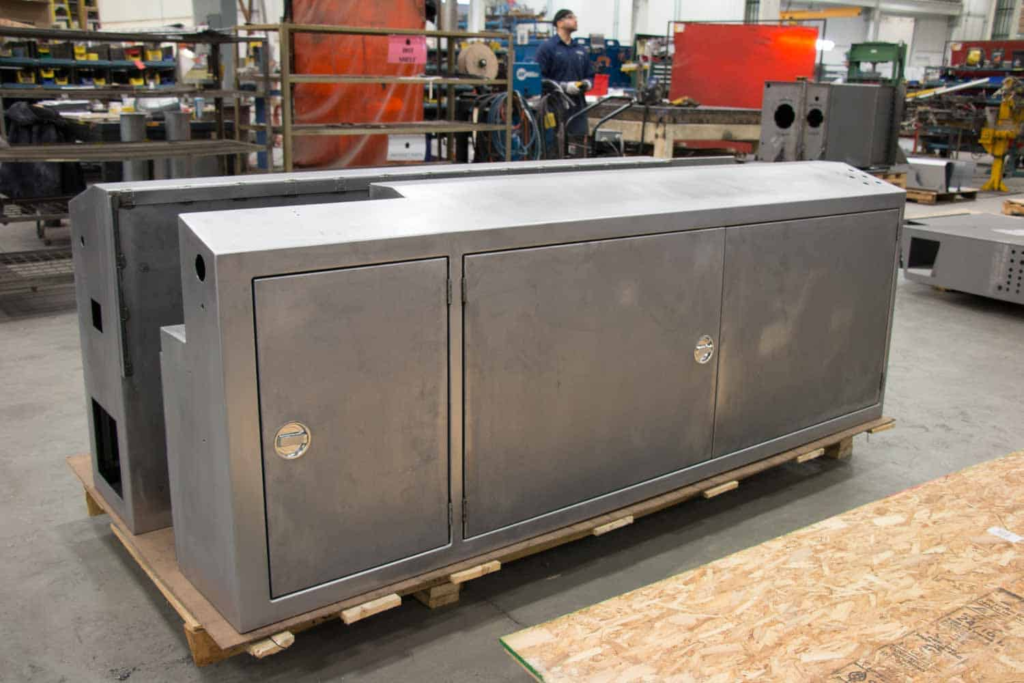Welcome to TOSTA’s Blog
The TOSTA blog aims to share the prototyping and rapid manufacturing knowledge, experience and skills we have accumulated over the years.
Chromate Conversion
Chromate conversion coating, also known as chromating or chem-film, is a surface treatment method used to protect and improve the corrosion resistance of metal surfaces. It involves applying a thin layer of chromate conversion coating onto the metal substrate, typically aluminum or zinc, through a chemical reaction.
Chromate conversion coatings are commonly used in various industries, including aerospace, automotive, electronics, and military applications, where corrosion protection and surface adhesion are critical.
Surface preparation
As machined (Ra 3.2μm / Ra 126μin)
Colors
Clear
Materials
Aluminum

Some of the key differences between chromate conversion coating and anodizing include:
Composition: Chromate conversion coatings use a solution containing hexavalent chromium, while anodizing uses an electrolyte solution that typically contains sulfuric acid or other acids.
Thickness: Chromate conversion coatings typically form a very thin layer on the surface of the metal substrate, while anodized layers can be much thicker.
Appearance: Chromate conversion coatings can have a yellowish or greenish tint, while anodized layers can be dyed to produce a range of colors.
Overall, both chromate conversion coating and anodizing can be effective surface treatment processes for certain applications, but the choice between the two will depend on the specific needs and requirements of the project.
Chromate Conversion Coating

Engineered Materials
Industry



